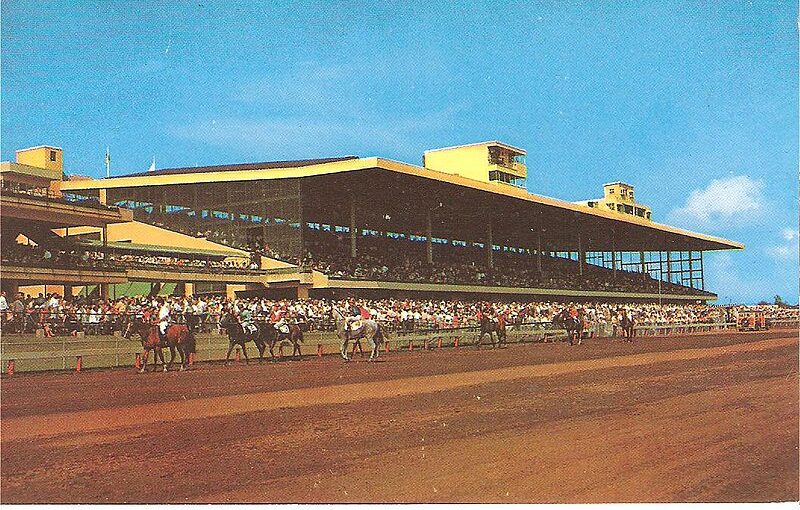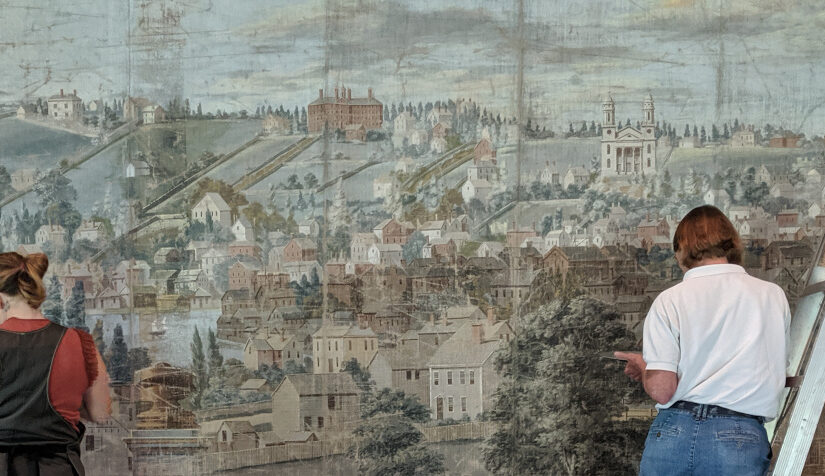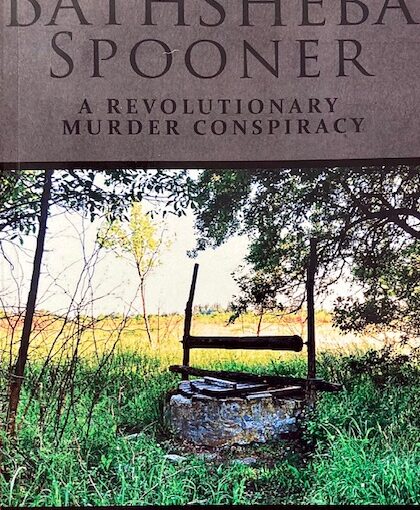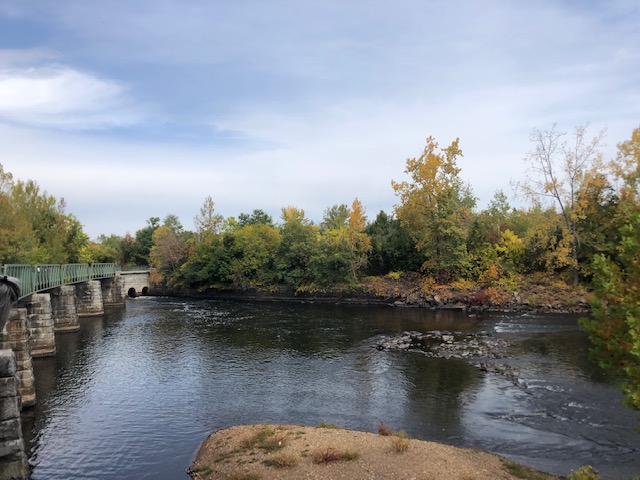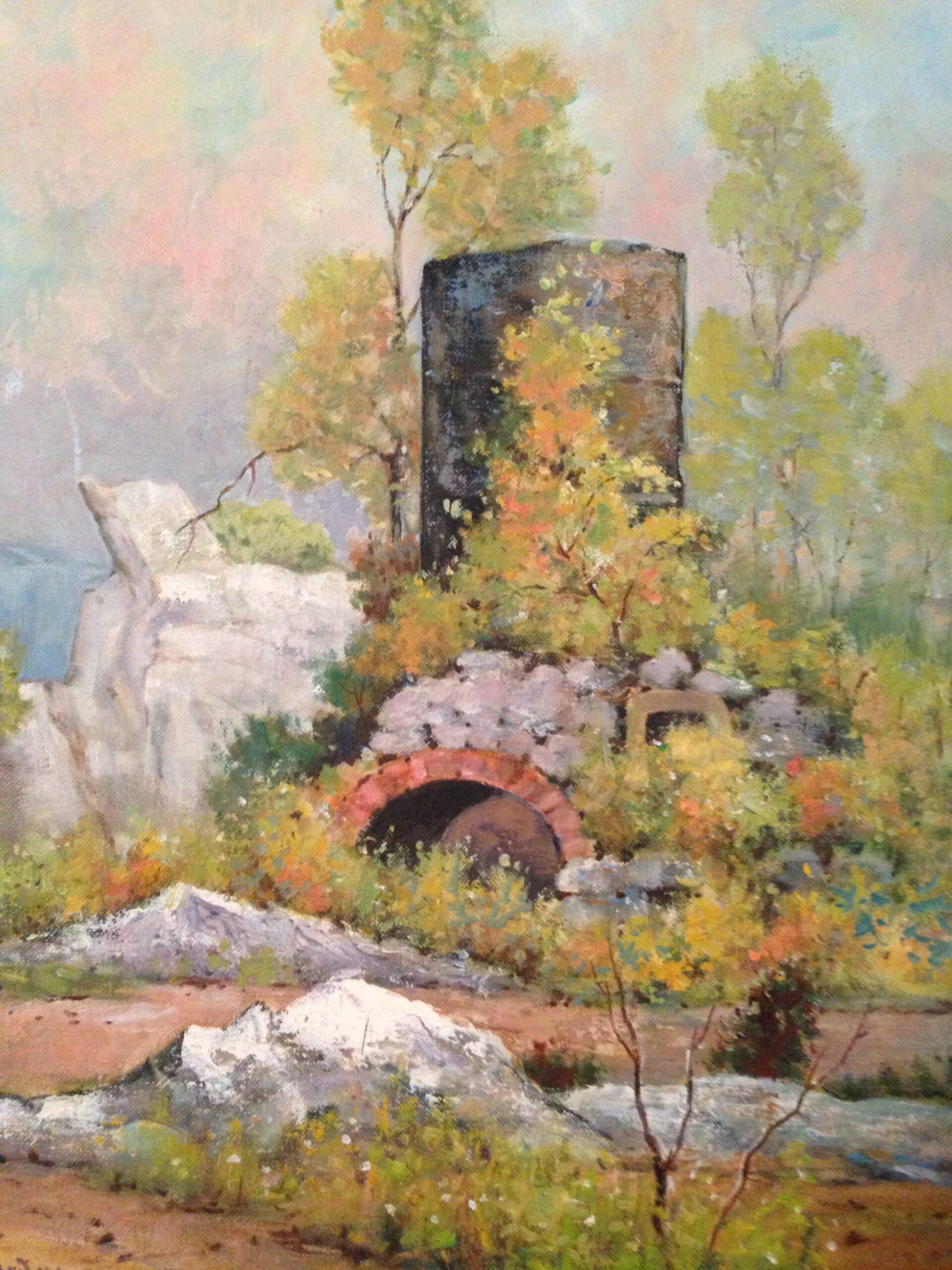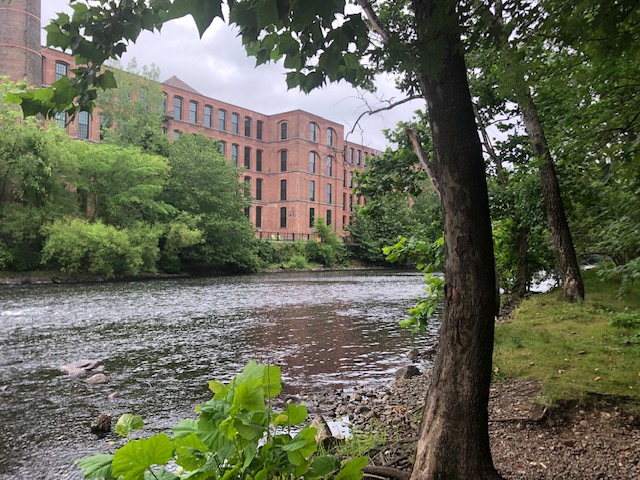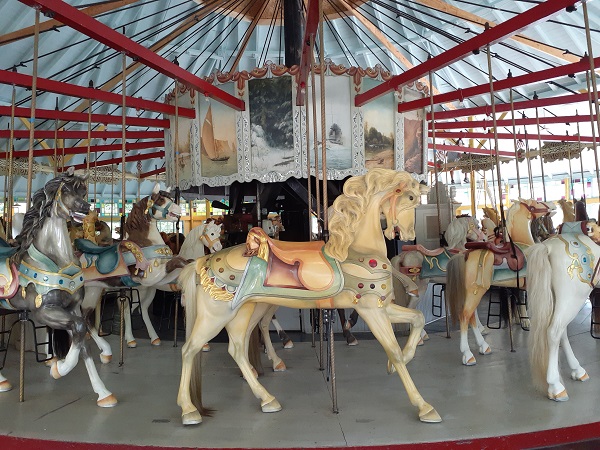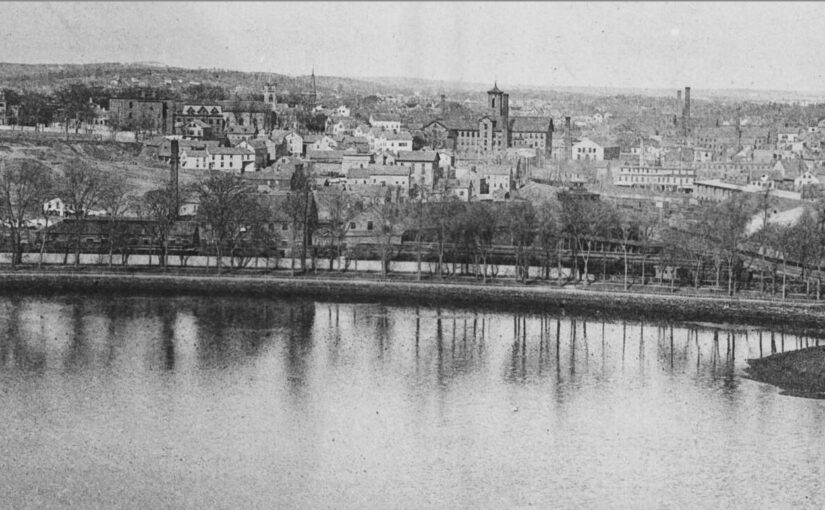Annual Meeting 1:30 pm. Blackstone Valley Historical Society, followed by the Christine Nowak Lecture on Slater Park and Looff Carousel by Donna Houle. The meeting and the talk will take place downstairs.
By Marie George
On Sunday May 15 at 2:00 PM, the Christine Nowak Lecture series will present Donna Houle of the Blackstone Valley Tourism Council. Houle will give a talk on Slater Park entitled “A Visual Presentation of the History of Slater Park – A Perfect Union of Art and Nature.”
In the late 1890s, the city of Pawtucket purchased the area around what was then known as the Daggett Farm. Several years later, work began on this swampy and wooded area, transforming it into the oldest and largest park in Pawtucket. The park is named after Samuel Slater, the famous industrialist who created America’s first textile mill.
In the early 1900s, the initial work was begun to create paths, drives, ponds and bridges, making the previously unreachable areas of the park accessible to the walking and motoring public. The Daggett House was preserved and is one of the oldest buildings in the state, having been built around 1685. Over the next decades, several buildings were added.
In her capacity as a special projects manager for the Blackstone Valley Tourism Council, Houle has amassed a wealth of knowledge on the history of Slater Park. Over the years, she has collected postcards and pictures of the park, and has used them to create her presentation portraying the art and nature that are combined in its history. Among the many features of the Park about which Houle will speak are the carousel, zoo, bandstand and boathouse (which houses the R.I. Watercolor Society), as well as the Marconi and Friendship Gardens, and Daggett House. She will also discuss the seasonal programs such as summer Arts in the Park, October’s Pumpkins in the Park, and December’s Winter Wonderland.
Of particular interest is the Slater Park Looff Carousel, built in New York in 1895 by famed carousel designer Charles I.D. Looff, who also created more than 40 carousels around the country, including at New York’s Coney Island. It was moved to Pawtucket in 1910. At one time, it was in peril of being sold for parts until grassroots efforts rescued the carousel, known locally as “The Darby Horses.”
More recently, $2.5 million in restoration has the carousel up and running and open to the public.
In 2018, the National Carousel Association held its annual convention in Rhode Island and awarded the Slater Park Looff Carousel “Historic Carousel of the Year.”
Houle is currently working on a documentary on Looff and the history and restoration of the carousel, which is over 125 years old.
Houle encourages all who attend her lecture to bring photos or memorabilia they may wish to share during a question-and-answer period following the presentation. She will also display Slater Park keepsake items, which are for sale, including Christmas ornaments, coasters and trivets.
For all who attended Theodore Coleman’s talk on Snowtown, he has sent additional information. We will put it in a better location soon but here are two interesting articles:
Joseph W. Sullivan’s paper on the Olney’s Lane Riot, in the Summer 2007 Edition of the RI Historical Society’s Rhode Island History publication. Copies of it and other editions of RI History are available on the RIHS Website.
Paper written by John Crouch, which provides the news/noise background surrounding both the Hardscrabble and the Snowtown attacks.
